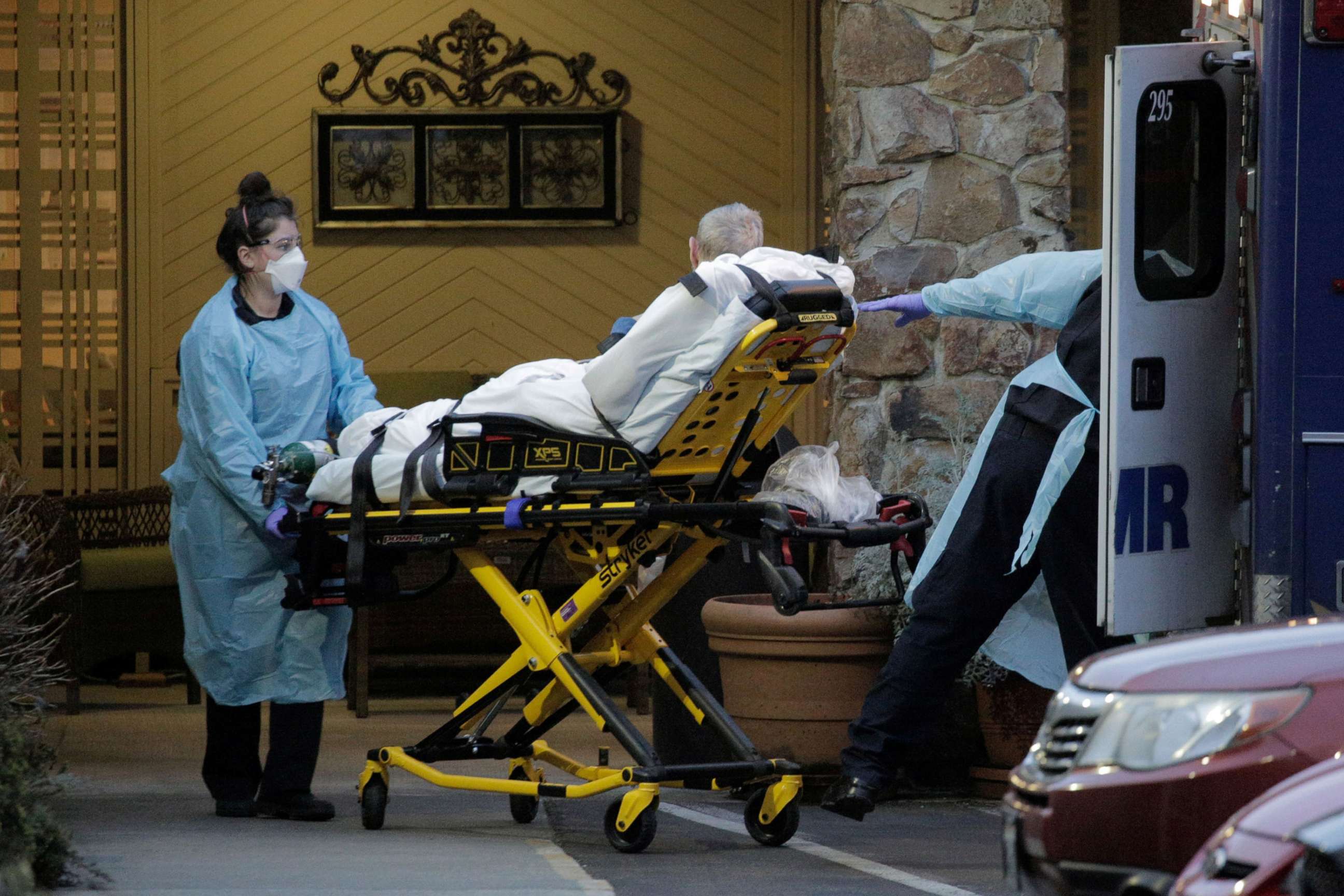How hospitals can handle an influx of patients with COVID-19
There are now more than 1,000 confirmed cases in the U.S.
With over 1,000 confirmed cases of COVID-19 in the U.S. and more than 7,000 tests administered, you start to wonder what hospitals are doing to prepare for the novel coronavirus.
Do they have the capacity if things get worse? These numbers don’t even account for the several thousand people who are asymptomatic or have mild symptoms and are walking freely in the public, blissfully unaware of their infection.
In the U.S., over 6,000 hospitals already handle more than 36 million admissions annually and with a new contagious virus on the scene, this raises concern for an acute rise in hospitalizations. While there are no available numbers of current hospital bed capacity, supplies, or ventilators, it is important to recognize the flexibility inherent in hospitals to manage the ebbs and flows of hospital admissions.
Dr. Pritish Tosh, the medical director for Emergency Management at the Mayo Clinic, said “it is common for most major hospitals to have plans in place in case of any crises that arise or may occur.” With COVID-19 that crisis may be around the corner.

So how do we prepare? A hospital’s capacity to manage patients effectively is based on three elements: space, staff and supplies. Space refers to a hospital’s physical infrastructure, such as the number of hospital beds, ICU beds and procedure suites. Staff refers to the people available for patient care: the nurses, respiratory therapists, physicians, technicians and so on. Lastly, supplies refer to the medical supplies required to deliver care, like ventilators, masks, gowns and gloves. Availability of these three elements can help determine a hospital’s capacity and degree of emergency preparedness for an event like COVID-19.
This degree of preparedness can be divided into three levels: conventional care, contingency care and crisis care. The most basic level is conventional medical care, in which space, staff and supplies are readily available, and the hospital is operating at the status quo. If there is a mild disruption, such as a shortage in masks, the hospital can quickly enact policies to conserve masks and reduce unnecessary waste. For example, this may mean students temporarily don’t enter patient rooms so that fewer masks are needed each day.
At the second level, there is contingency care, which may go into effect for large outbreaks, like what is expected for the future of COVID-19. At this level, hospitals may be unable to keep up with the increased demand of patient care needs. Space, staff or supply elements may be overrun in this scenario. These problems can still be resolved if resources are shifted appropriately. For example, if a large portion of the staff is quarantined at home, the hospital may bring non-hospital staff from their outpatient clinics in to help. Similarly, they may request staff from regions that are not as affected by the epidemic. If hospital ICU beds are full, the hospital may choose to pause elective procedures to open up more space and convert temporary areas to a more critical unit.
The public frequently wonders whether or not there will be ventilator shortages if an influx of COVID-19 cases come into the hospital.
"What's under recognized is that the machine itself is just one aspect of having a ventilated patient. You have several other very notable issues that limit ventilation, such as staffing if there is a shortage of respiratory therapists and supply issues with things like ventilator tubing, for example," said Tosh. After all, a ventilator cannot run itself.
At the highest level, there is crisis care, where the hospital’s gold standard of care changes. In such circumstances, hospital leadership will likely reallocate resources to where they are needed most. This could occur in a mass casualty situation.
“I suspect that this disease will likely reach the contingency planning stage for most hospitals rather than the crisis level,” said Tosh.
Many hospitals are preparing for this influx. Dr. Teresa Murray Amato, chair of emergency medicine at Long Island Jewish Forest Hills in New York, said her hospital "has regularly scheduled updates to keep the staff informed, safe and supported during this outbreak. We are very fortunate to have experts in infectious disease, emergency medicine and emergency management working closely together to keep our staff safe while caring for all of our patients that are impacted by COVID-19.”
Vinayak Kumar, MD, MBA is an Internal Medicine Resident at Mayo Clinic and is a contributor to the ABC NEWS Medical Unit.
Delaram J. Taghipour, MD, MPH, MBA is a Preventive Medicine Resident at Johns Hopkins Bloomberg School of Public Health and is a contributor to the ABC NEWS Medical Unit.




